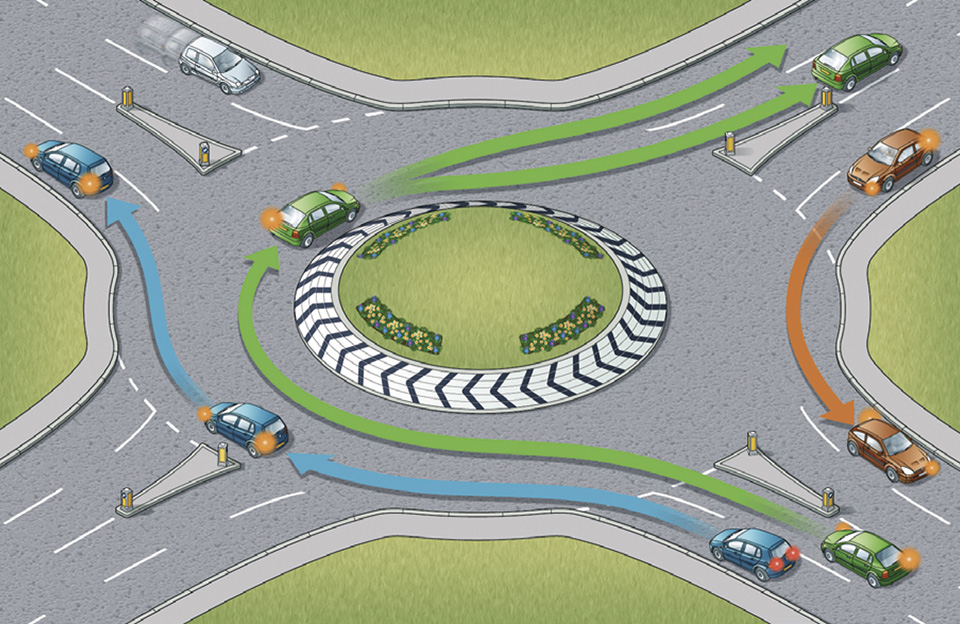TruckdriverTom:
the highway code is used as a guideline on prosecution for careless driving. It states quite clearly which lane should be used in which scenario. The more people use bad positioning, and others see it, then even more people will think it is acceptable.
In reference to the A14 on to A43. So does that mean you are one of the idiots who will pull up next to me on the slip road, when I am in the correct lane ( right one ), then attempt to stay next to me round the roundabout, and get surprised when I want to move over ( at the correct time ) to the left position. 
Nope, I respect the fact that, whilst I might do things my way, that means it’s my responsibility to cater for others doing it the ‘correct’ way.
So, one of two things will happen. If there’s another truck on the sliproad in the right lane and indicating right, AND they’re behind me, I’ll stick to the right lane too to prevent them from overtaking me on the roundabout. No drama.
If they are in FRONT of me, I’ll use the left lane, indicate right but hang well back, give them a flash when they indicate over, giving them full right of way. No drama.
It depends on the exact circumstances at the time, but I follow a mantra of “I do things my way, without getting in anybody’s way.”
The Highway Code is useful, but doesn’t take precedence over common sense and what I think is correct at the time. For example, the old paradox of three cars hitting a mini roundabout at the exact same time; THC can’t resolve this situation, so good old brains and courtesy come into play. The very fact that THC doesn’t cater for all scenarios is reason enough to treat it only as a good black and white guideline, flexible when the need arises.
